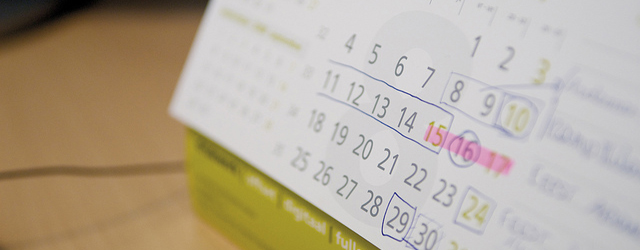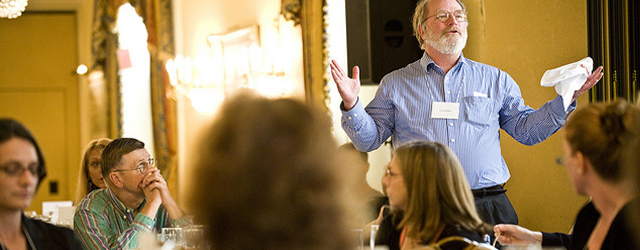In the real world, designers and developers are constantly battling it out over projects. Between two lighthearted developers are the crew who simply make the website work while designers add flair and vibrant edges.
The two perform very specific yet important jobs which harmoniously combine to create amazing web pages.
Oftentimes, however, bickering can ensue, leading to arguing and lost time. All client work, from small-scale operations to large design firms, is very important and must be treated as such. Below we’ll go over a few tips to help designers and developers reach a middle ground.
Portrayal of Ideas
One of the biggest problems arises from a misunderstanding of goals and ideas. While designers are interested in sketching and displaying their interests visually, developers are often not so lucky.

It takes time to knock out bits of code, and creating a program isn’t an easy task. Communication between the two teams will likely clear up many of these issues. Before even starting on a mockup comp, have everybody sit down and go over their objectives for the project. In this way, everything is put on the table, so everybody is moving forward at the same pace.
Developers may also consider practicing some type of visual communication for programs. Flow charts and graphical diagrams are often the best way to represent what’s going on. It may be worthwhile to practice building programs out of the conversation, too.
This isn’t exactly common practice, but it does help to strengthen your knowledge as a programmer. Begin by talking out all of the steps needed to build the website you’re looking at, piece by piece. Even write these things down in a list if it helps.
These individual pieces will come together in the end to create one final web application, which can then be passed off to launch.
Carefully Plan Deadlines
Nobody enjoys deadlines, but they are a must in business. Especially when working with high-class firms and clientele from all around the world, design work must be placed on a schedule.

This is unfortunate for designers since rushed work is almost never good. Time management is a crucial skill to have mastered and apply to everyday life. Once you know how much time is available, it’s much easier to start right away and plan an easygoing work routine.
The alternative is crunching numbers and pushing your limits the last few nights of a project. This technique can work with developers, although not encouraged because writing code is mostly logical and doesn’t require high reigns of creativity. Design work can only go for so long before quality begins to degrade seriously.
Group Morale!
Provide enthusiasm and cheer to all of your co-workers. Even though designers and developers may not see eye-to-eye all the time, we can all come together and acknowledge the work we do is important.

If everybody is working together to keep others motivated, there is no falling behind in the group. All tasks can be finished on time and well before the due date. In this way, there’s extra room in the schedule for possible changes, updates, revisions, or anything else.
If it’s possible, try building a work plan with your fellow group. Everybody is in on the work together, so why not grind out the process together, too? Generally, the designer(s) will create a mockup and pass this on to the developers.
From here, the coding process begins, and each web page is carefully crafted. If there’s any backend work or CMS implementation, this would also be addressed post-template design. After the initial layout, the designers’ workload shifts to smaller details. These can include page icons or banner graphics.
Ask Questions
Confusion is common amongst a large group, so there are bound to be questions from some people. Don’t hold back anything you’re unsure of, as it’ll ultimately slow down the process.
It’s important to feel comfortable in the working environment and speak openly when you feel the need. Clarifying a small detail up front will get you a direct answer and keep the project train moving. This is much more the case between developers who are working on similar features (frontend/backend Ajax effects).

Not only should fellow teammates be asking questions, but project leaders are imposed to run questions by the clients. If the team is indecisive about certain aspects of the project, it would be simpler to contact the consumers directly to figure out what they want.
If there is ever a lack of information, don’t hold anything back – ask questions when necessary and keep your head moving forward!
Be Respectful of Workspace Time
This is often a no-brainer, but it doesn’t hurt to be repeated. Each designer and web developer is important to a project and needs to be given time to work. If everybody is hounding each other and driving the team mad, then nobody is productive.

Respect is the name of the game and will get design firms much further in business. Even on a small scale level, it’s enormously important to have respect for your partners. Designers and developers each perform a completely separate yet key role in website development.
Make sure all teammates are communicating their ideas openly and honestly. At all times, a project work floor should feel fast-paced but relaxed and open. All digital creators can get stressed at times. It’s important to recognize this and release it.
Whether a designer or developer, just stick to your path and remember everybody is working as a team to reach the same end goal.
Related Topics
Top